This is an important one. And one I feel strongly about the need to democratize.
A few weeks ago I posted on X some of the top selling nattokinase brands with low potency third-party testing results. More posts followed regarding the legitimacy of brands like Bulk Supplements & Double Wood.
This set off a flurry of messages my way. Some from brand owners looking to optimize their own products & many of you simply wondering how to navigate the supplement market & avoid junk altogether.
If you're a consumer, use these to navigate at your own will & avoid scam products.
If you're a brand owner, aim not to fade these - there exists a certain turbo autist type that will eventually torch you. Proceed diligently - they will find you. What you lack in authenticity, you lose in longevity.
Now that we’ve got that down. Here they are.
Guidelines
Rule #1: Avoid proprietary blends
Starting at the one that drives me the most bananas. Proprietary blends are a purposefully deceitful tactic. When a brand lists components of their "blend", they're only disclosing the total weight of the combined ingredients. Masking the individual amounts allows manufacturers to use trace amounts (often clinically insignificant) of otherwise high efficacy compounds & cheap fillers to hit the total weight.
Keep in mind most brands won’t explicitly state the blend is “proprietary” like the example below.
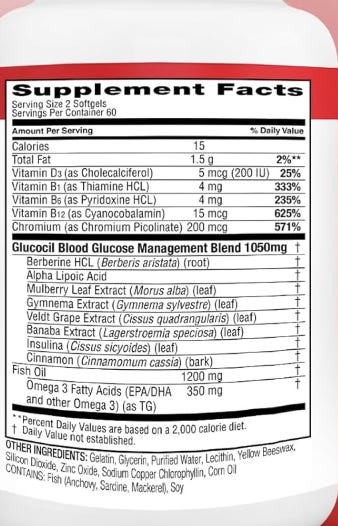
"But what about just wanting to protect trade secrets?"
No. Here's why. The real intellectual property worth protecting isn't an ingredient ratio - it's the actual mixing procedures, extraction methods, stability tech, & even particle sizes.
To make matters worse - proprietary blends are a loophole allowing manufacturers to adjust ingredient ratios based on raw material costs. No label update needed!
If you take nothing else from this - avoid proprietary blends.
Rule #2: Reviews aren’t gold
Sure - they can be helpful. But remember the average person has an average...IQ.
If there was an Amazon review gatekeeper who ensured all reviewers were X Health autists - then they’d probably be valid (more on this later). Not the case though. Your average reviewer is a master of placebo’ing (not a bad thing always!). People would rather justify their sunk cost fallacy than acknowledge they punted a purchase & live with regret.
Let’s look at some examples of the typical supplement consumer. (Warning: Neurons may be torched.)
One of the best-selling supplements on Amazon over the past year has been a product called TruHeight Growth Gummies. The TruHeight brand claims its proprietary “growth” blend containing ashwagandha & astragalus supports bone growth & development.
What do the buyers have to say about the product?
Please use your critical faculties for a second - do you really think this is causative for a teenager's growth? (Don’t make me answer that one for you. Instead, adhere to a high-protein, micronutrient-dense diet for your kids!)
Here’s another egregious example of placebo’ing gone wrong. The top-selling nattokinase supplement Zenavea holds a 4.6/5 rating across 1,180 reviews.
Only one issue: a recent independent, 3rd party potency test showed no nattokinase measured. (< 15 FU = undetectable levels)
Rule #3: Steer clear of underdosed blends
A simple one but one that flies over many heads (not you though). It's the ultimate loophole to include enough to put on the label but not nearly enough to have a clinically significant impact.
Sleep supplements with 8 mg Mg. (Note: Properly dosed blends like PreSleep have 62x the amount of Mg/serving at 500 mg)
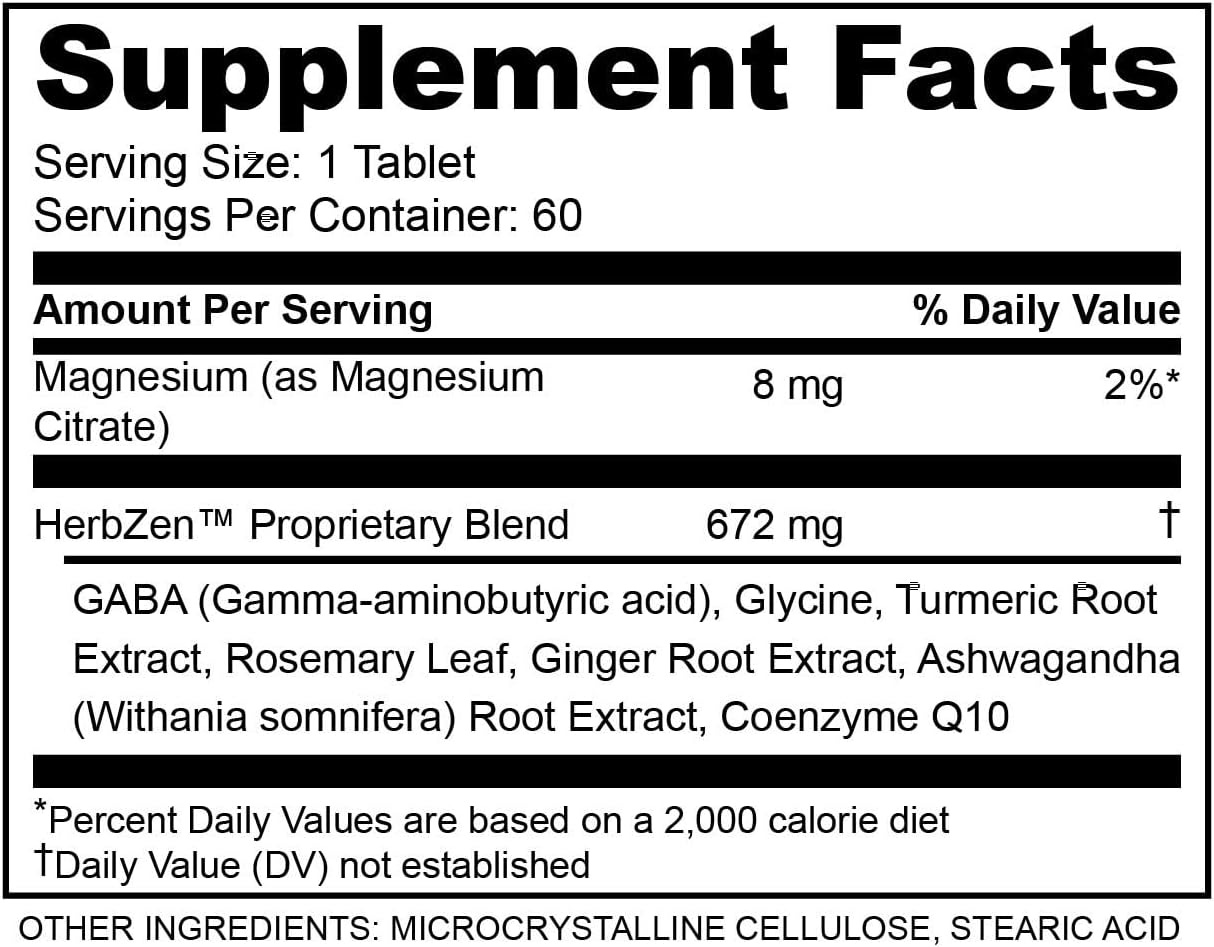
Pre-workout products with 2 g of L-citrulline & 1 g of creatine. (Note: The minimum effective doses for L-citrulline & creatine monohydrate are 3 g & 5 g, respectively. Ideally, these are 6 g & 5 - 10 g.)
Rule #4: Beware amino spiking
Amino spiking is a method that's been around for as long as protein powders have existed. You might hear it referred to as nitrogen or protein spiking.
Protein testing involves using nitrogen content as a proxy for protein levels. Standard logic is 1 g of nitrogen tested = 6.25 grams of protein.
The addition of cheap amino acids represents an easy method to trim costs. Brands exploit this by using low quality or free form amino acids like glycine, taurine, arginine, beta-alanine, & creatine. When these substances are added to a powder, they register as "protein" in nitrogen-based tests, even though they don't provide the same nutritional benefits as complete proteins.
What we want are complete proteins - whey, casein, & egg being the predominant forms.
Here’s a checklist to use for proteins:
Avoid protein "blends"
Avoid products with any hydrogenated oils (palm oil), “amino matrix”, corn starch/syrup, maltodextrin, or carrageenan
Full amino acid breakdown provided
Total amino acid content should up to total protein content
High relative quantities of BCAAs (leucine, isoleucine, & valine)
Leucine = ~11%
Isoleucine = ~6%
Valine = ~6%
3rd party testing specifically for protein quality & amino acid composition
Transparency about testing methods
Here are some companies with class action lawsuits filed against them for this very issue:
MusclePharm (Tucker Dunford v. MusclePharm Corp. - 2014)
Body Fortress (Mencer v. NBTY, Inc. - 2014)
MuscleTech (James Eashoo v. Iovate Health Sciences USA, Inc. - 2015)
CVS (Gubala v. CVS Pharmacy, Inc. - 2014)
Giants Sports (Rodriguez v. Giant Sports Products LLC - 2014)
Core Formulations (Bernardo DeLeon v. Core Formulations/Michael Santana - 2017)
Rule #5: Beware magnesium oxide spiking
Amino spiking isn’t the only kind of spiking happening in the industry.
In June 2024, Sean Miran filed a class-action lawsuit against Bulk Supplements alleging false labeling of MgGly powder (violation of federal/state laws).
Quick math on his argument:
Each serving = 2.2 g
MgGly = 14% elemental magnesium
2.2 g x 0.14 = 308 mg
Problem: Buk Supplement’s label read 400 mg of elemental Mg/serving purely from MgGly
What did Bulk Supplements do shortly after?
They changed the supplement facts → admitting their "Magnesium Glycinate” Powder now contains magnesium glycinate & magnesium oxide.
Keep a watchful eye to ensure your micronutrient supplements are purely the compound you’re purchasing.
Rule #6: Anything other than creatine monohydrate is BS
Since creatine’s rise to popularity, there have been an abundance of attempts to market the “optimal” version of an already effective product. Don’t fall for it.
I’ll let Dr. Jose Antonio, one of the best in the field of sports nutrition & supplementation research, explain: “The marketing claims for these products are simply not supported by the scientific evidence. If you want the benefits of creatine supplementation, creatine monohydrate is still your best choice…most studies show that ingestion of these other forms have less physiological impact than creatine monohydrate on intramuscular creatine stores and/or performance."
This was also well-established in an RCT published in November 2024.
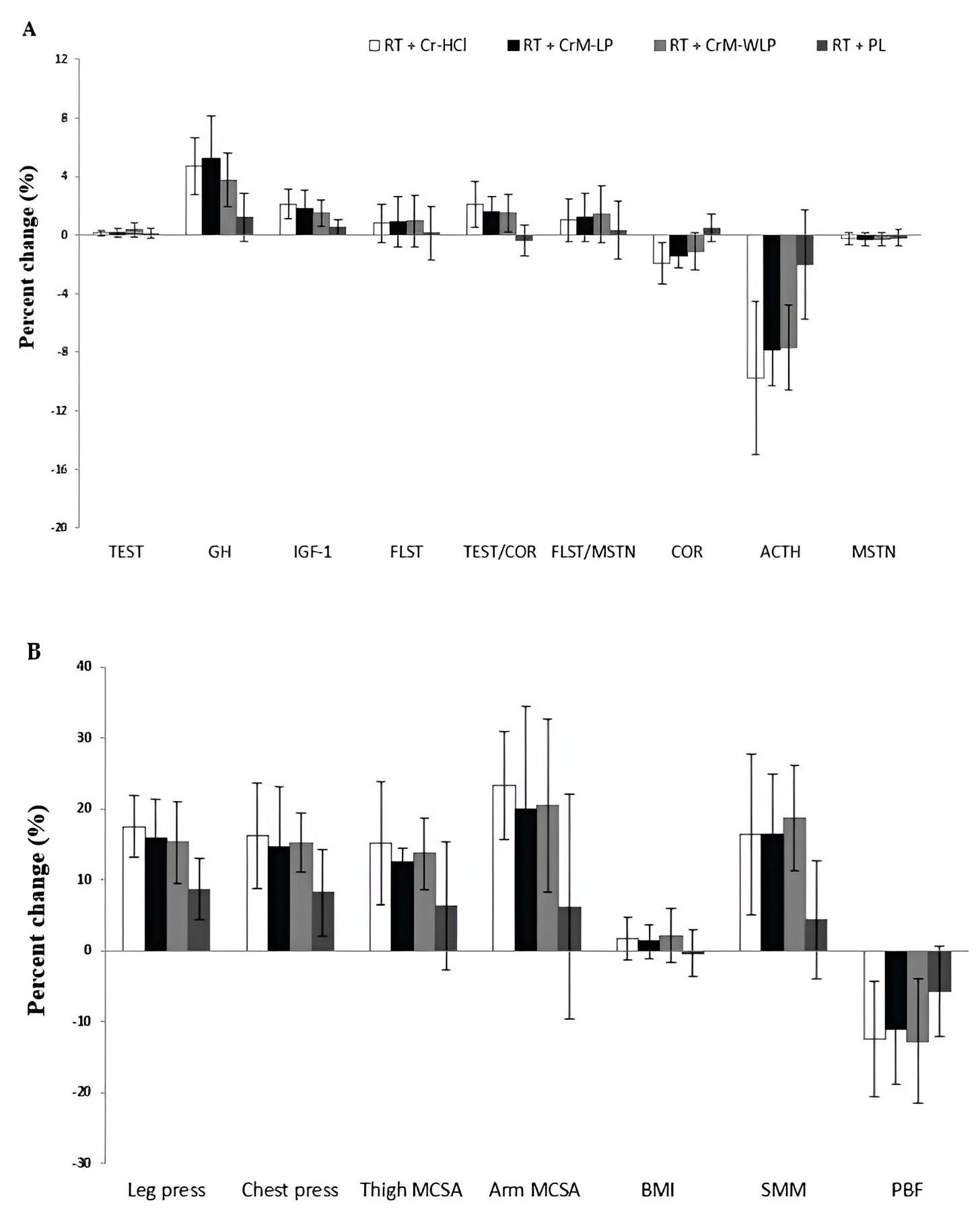
Here are some common alternative forms to be aware of:
Creatine HCL
Buffered creatine (KreAlkalyn)
Creatine gluconate
Creatine ethyl ester
Creatine nitrate
Creatine dipeptides
Your creatine search is simple: creatine monohydrate from a reputable brand.
Rule #7: No product should ever smell fishy
Any fishy smelling supplement is a strong indicator oxidation occurred. Yes - even fish oil.
High quality fish oil undergoes molecular distillation & deodorization processes. This 1) removes any volatile compounds (i.e. fishy stink) and 2) helps to preserve the DHA/EPA content. One way to protect against this is by adding antioxidants like Vit E or astaxanthin limiting oxidation. Though this isn’t a requirement I look for.
The problem exists with more than just fish oil supplements. Last year, I ordered a powdered form of magnesium glycinate from Micro Ingredients. Smelt like cousin Joshy's drumpster shrimp. Pure magnesium compounds like magnesium glycinate or citrate are going to be odorless.
Any distinct odor can be attributed to either moisture exposure, high temperatures, or a combination of the two. You've likely seen the "Store in a cool, dry place" instruction before. There's a good reason for that. Moisture exposure triggers hydrolysis reactions → water molecules break down compounds into different forms releasing pungent odors. Think of it like leaving bread on the counter for a month.
This applies to other substances as well. Protein powders/EAAs should be without a sulfur smell - typically a sign of protein degradation occurring.
Herbal/plant-based powders are a similar story. Many will have a unique botanical smell, but a musty or moldy smell suggests a poor drying process, transport lifecycle, or storing conditions.
Rule #8: Liquids not stored in plastic
It can be difficult to find capsule-form supplements in a non-plastic medium. But one you absolutely want to ensure you're getting in glass or ceramic are liquids. Especially herbal supplements in liquid form. Liquids are the perfect environment for plastic leaching to occur. Plastic containers (polyethylene terephthalate (PET) & high-density polyethylene (HDPE)) pose a few issues for us:
Oxygen permeability: Plastic is porous at the microscopic level. These tiny spaces are too small to let liquids through, but oxygen molecules are tiny enough to penetrate. When oxygen molecules "leak" through the plastic, they trigger oxidation in the product itself.
Light exposure: Both UV & visible light can trigger photochemical reactions breaking down chemical bonds in the supplement.
High temperatures: The worst impact on plastic storage. More heat = accelerated leaching + greater oxygen permeability + faster oxidation.
What's the ideal storage medium?
Color: Dark amber (blocks all UV)/miron violet (only allows IR & violet let in)
Material: Glass or ceramic
Gives us a few advantages addressing the potential issues we've discussed:
Blocks harmful light wavelengths
Resistant to temperature fluctuations
Impermeable to oxygen
Limited degradation over time
Rule #9: Not all 3rd party testing is equal
"If it's third party tested, it's all good!"
Not quite. Another deceptive tactic. There are four major categories of testing:
Purity testing: Checks for contaminants like heavy metals, pesticides, bacteria, & other toxins
Potency testing: Confirms the active, labeled ingredients are present in the advertised amounts claimed
Ingredient verification: Ensures the product contains what’s listed on the label
Adulterant screening: Verifies no undeclared substances are present; sometimes included in ingredient verification testing
The most common shortcut we see is solely conducting purity evaluation testing for heavy metals - typically the lowest expense across all third-party tests.
By limiting to a single test, companies can use the "third-party tested" claim in their marketing while minimizing expenses and avoiding the discovery of potential quality issues requiring costly corrections. Comprehensive third-party testing covering all aspects of supplement quality can cost thousands of dollars per batch, while a single basic purity test might only cost a few hundred dollars.
Ideally - purity, potency, & ingredient verification are all conducted.
Rule #10: Reputable third-party certifications
Here are the 6 labs nearly all brands use to verify purity & potency of their products:
United States Pharmacopeia (USP)
NSF International
ConsumerLab.com
Banned Substances Control Group
Labdoor
Informed
My safe assumption for third-party testing: if there’s no explicit labeling of certified third-party testing - avoid.
Rule #11: Ensure the claimed testing lab exists
There is a chance a third-party testing lab isn’t one of the aforementioned. In that case, it’s best practice to conduct a simple search on the lab a brand is opting to use. You would be surprised the amount of times I look into a supplement’s testing facility, it either doesn’t exist or something seems off about the facility.
Use your best judgement. A quick search goes a long way.
Rule #12: Clinically tested is not clinically proven
If a product claims "clinically tested", this should jump out to you as a red flag.
What’s the difference?
Clinically tested = "We threw together a poorly designed study from a handful of subjects & got inadequate results. But we still tested it." This can also include the use of RCTs with statistically insignificant results from a treatment intervention.
Clinically proven = "Based on robust levels of evidence”
It's all in the nuance of language. The blend or product may be great, but if you're willing to deceive in this regard as a producer & put your reputation on the line with negligence, it begs the question: where else are you willing to cut corners?
Rule #13: Enzymes should be overdosed
Enzymatic supplements are highly susceptible to denaturation (breaking down of molecular structure) through changes in humidity, temperature, & pH. As time on shelf increases, the more likely they are to further degrade.
The most popular enzyme supplements on the market today:
Nattokinase
Lubrokinase
Serrapeptase
Lipase
Bromelain
Reputable brands will intentionally overdose to guarantee potency over time.
Rule #14: Not readily providing a COA
In the summer of 2024, I had a close relative diagnosed with acute lymphoblastic leukemia (ALL). Among many components of his protocol, glutamine was top of the list. I wanted the purest compound on the market for reviving his gut intestinal lining (nuked through chemotherapy & radiation). I sent ~dozen emails to popular supplement brands requesting a certificate of analysis (COA) on the amino acid. I received replies like this one from Nutricost for example.
Understood - my business goes elsewhere. Next.
Rule #15: Pay attention to the country of origin
Depending on where you're sourcing your supplements from, whether it be through the brand’s own site or via Amazon, you can typically get an idea of where the product is being shipped from.
Let me give an example. GHK-Cu (copper peptides) has become a popular product in the health space (congrats on being out in front here as always) and one that has more scams than genuine products at this point. As it pertains to GHK, the top tier products are a 1-2% strength. To separate themselves from the pack, many of the top selling products are claiming 10% strength. The common denominator? Junk sourced from China.
Use the product details section to identify where the product is coming from.
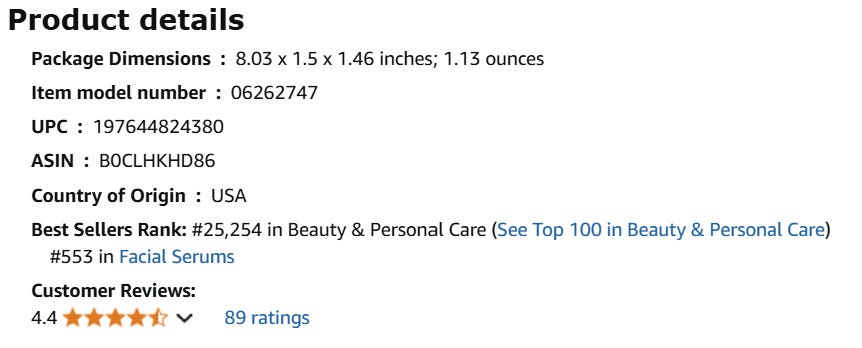
Rule #16: You're not getting a "deal"
You come across a brand/product with consistently low prices relative to the competition. That’s usually not a deal - that’s just a shite product.
Price doesn’t always correlate with quality of course. But consider it from the perspective of a brand owner. The business exists to generate profit. Full stop.
Let’s say the average price of a berberine supplement is $0.75/serving and you come across a product with a $0.15/serving cost - chances are you’re not getting top quality within the marketplace. It’s likely attributable to one or a combination of the following factors:
Impure
Low potency
Expired raw ingredients
If you’re searching for quality products, expect to pay a premium.
Rule #17: Buy from X businesses when able
Within the Health corner of X, there exists something rare within the supplement market: a high level of trusted accountability for products.
I’ve purchased from at least 20 different small biz brands on X over the past 3-4 years. When brand owners create their formulas, they’re leveraging some of the brightest minds in the space to develop their products. Most biz’s will send out samples to test efficacy & overall quality from those they trust who’ll provide honest feedback. Once the products go to market, they’re under a relatively high amount of scrutiny from a highly informed audience. The standard & expectation is considerably higher than the average consumer on a public marketplace like Amazon.
Rule #18: Avoid herbal sexual enhancers + fat burners compounds altogether
There are plenty of options to enhance both of these use cases. One of the ways not to is via the path of herbal blends. The common denominator across these categories is usually touting “drug-like” impacts...well it's because they’re probably spiked with drugs.
Time & time again these cases occur:
Neophase Natural Sex Enhancer contains hydroxyacetildenafil (2016)
14 out of 94 fat burner supplements tested contained 2,4-Dinitrophenol (DNP) (2015)
Case report & literature review of acute liver failure from fat burners (2011)
Rule #19: Use Fakespot
My favorite tool to identify brands propping up their products with fake reviews. Fakespot is a Chrome extension leveraging AI to analyze product reviews across most e-commerce sites.
Visit their website here & download the Chrome extension available for free.
Rule #20: Beware of deceptive dosage labels
A tactic common with herbal extracts: brands will use word salads to make it appear their compounds have significantly greater dosages than competitors. For example, NusaPure uses a 50:1 ginkgo biloba extract with 250 mg present. This implies the total weight of the plant the extract was derived from is 12,500 mg - the “equivalent per capsule” dosage represented. Misleading BS.
“Oh come on, Phys! No one is falling for this!”
Unfortunately not the case.
I’d bet with a high degree of confidence a brand willing to deceive to this extent is selling products that are low potency, impure, or both.
Brands I Consistently Trust
Possessing all the characteristics aforementioned & have had good success personally along with those I've worked with. Keep in mind - there’s nuance across products. Simply because a, this may not mean their magnesium sourcing is ideal.
Companies change ownership, shift their business models to start cutting corners. It happens often so be mindful of that.
Here are my general picks I use in 2025:
If you’ve got questions on general guidelines or specific products, drop them in the comments below.
Also, if you’ve found this useful & you want to see more content like this, please subscribe below. Every little bit helps in creating the best health space - democratizing this information & ridding ourselves of the bad actors one post at a time.
Stay vigilant.
Your friend,
BTP
***Disclaimer: The information provided by BowTiedPhys is for educational purposes only. This content is not intended to be a substitute for professional medical advice, diagnosis, or treatment of any kind. BowTiedPhys is not a licensed medical provider. Prior to making any changes to your health protocols, consult a licensed healthcare professional. Some of the links in this post may be affiliate links - BowTiedPhys may earn a commission at no additional cost to you. This commission helps support our work and allows us to continue providing valuable content to our valued subscription members.***


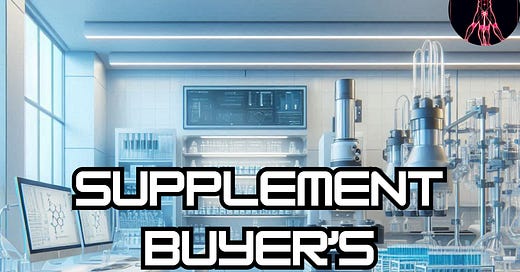




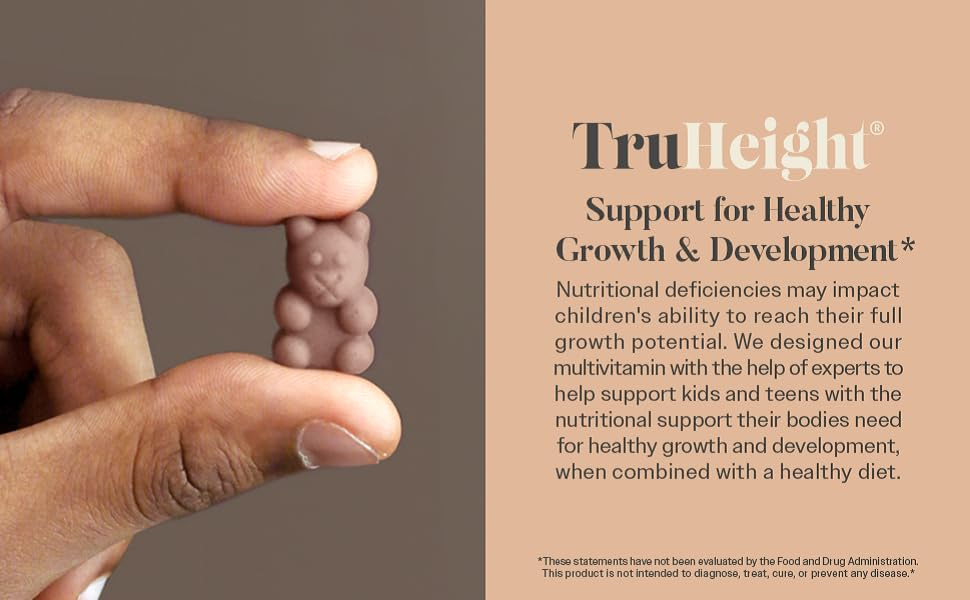

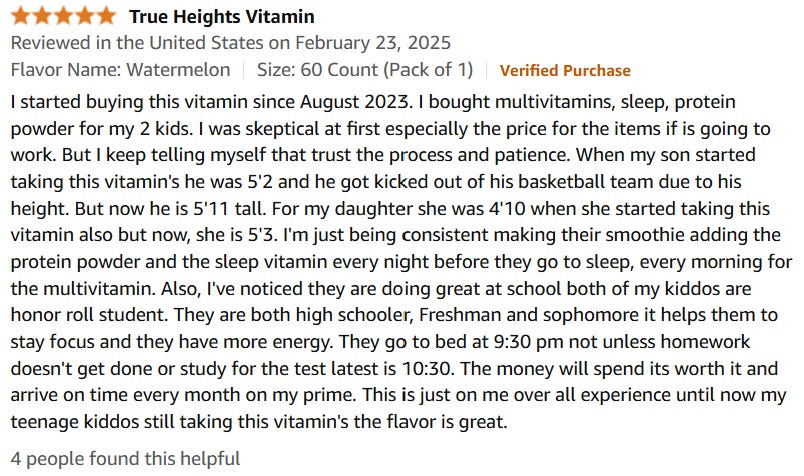
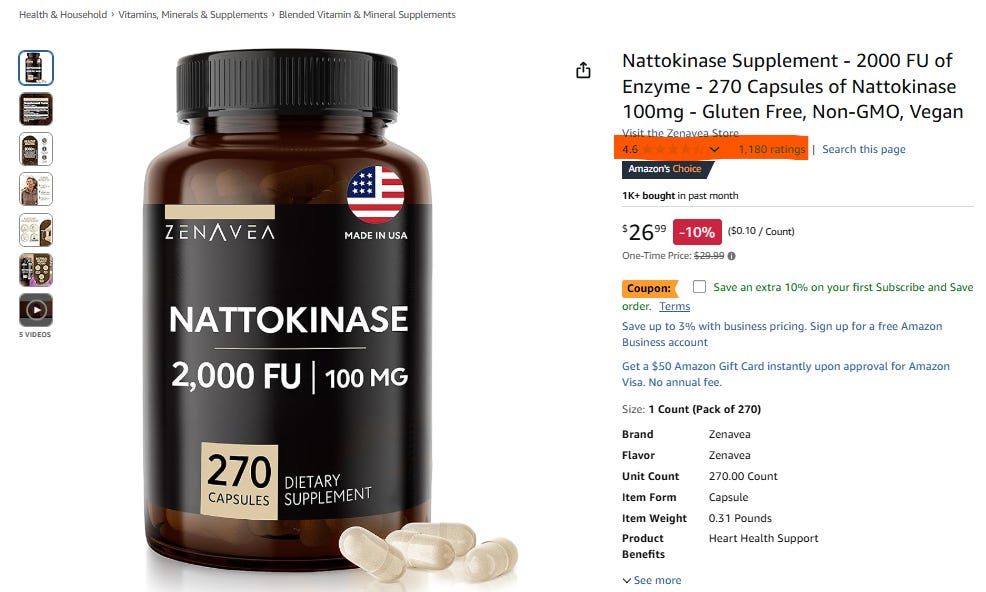
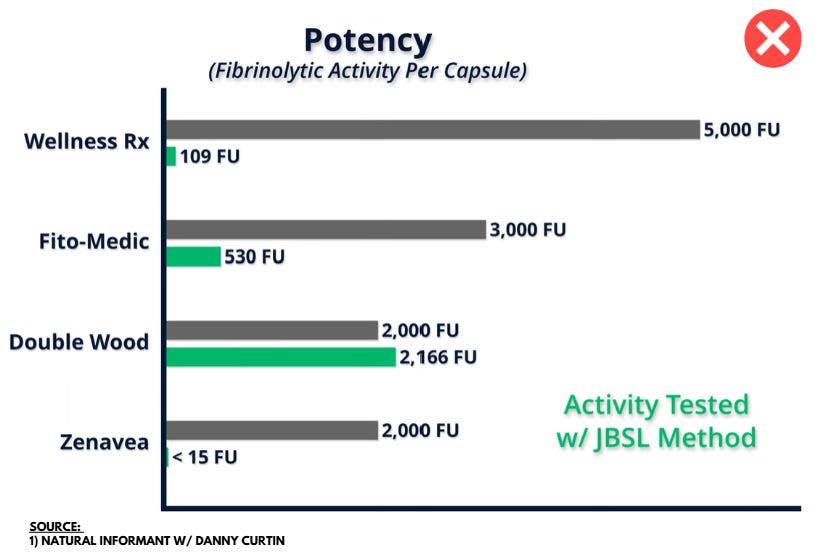
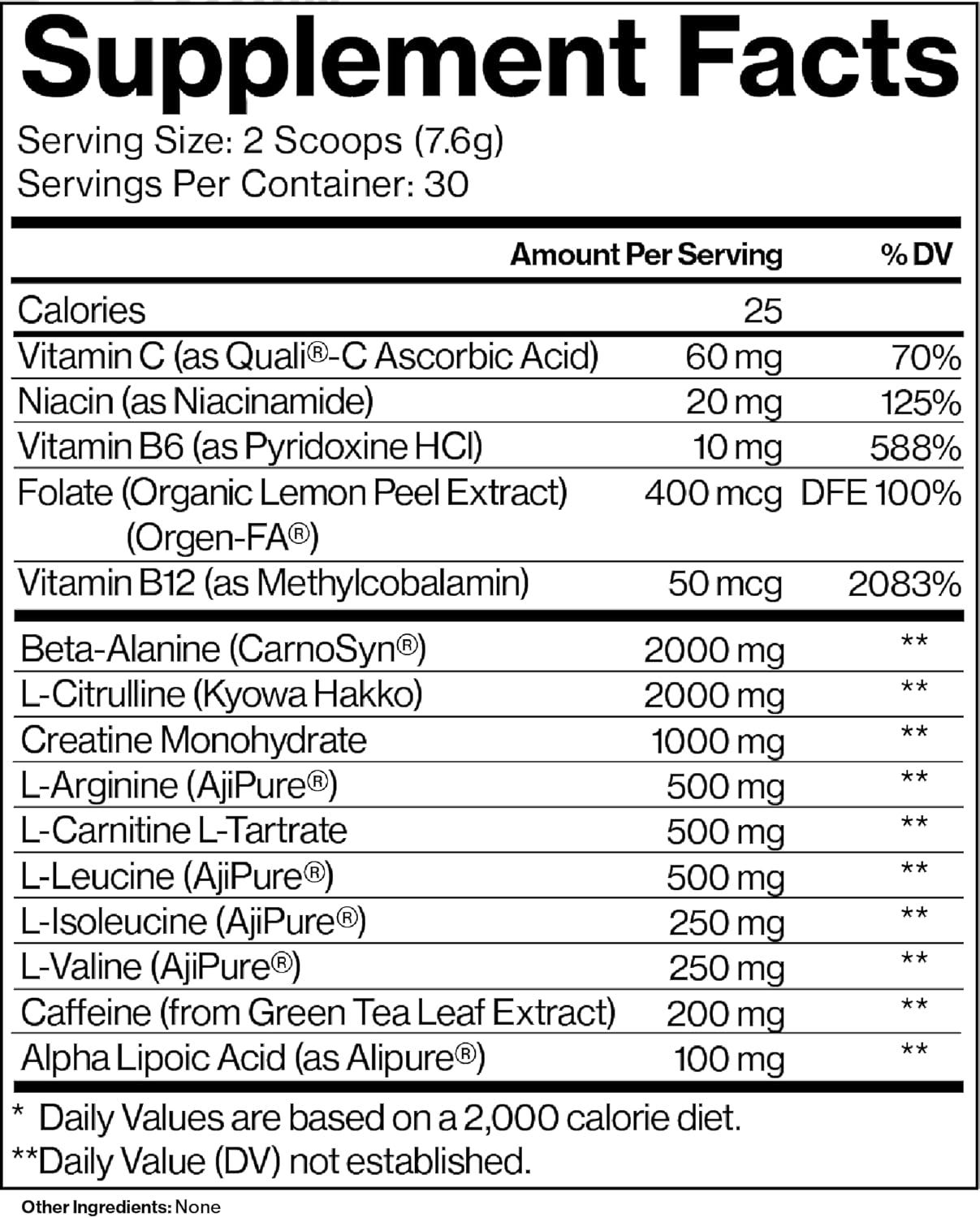
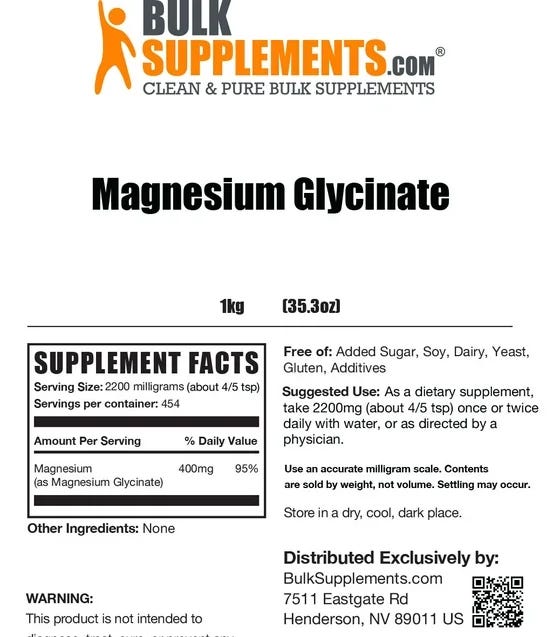
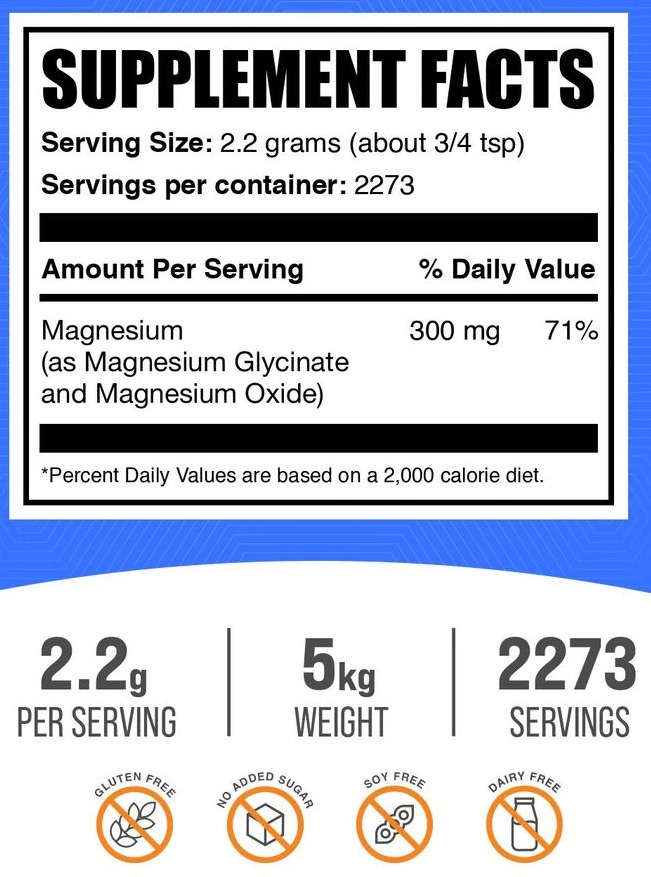

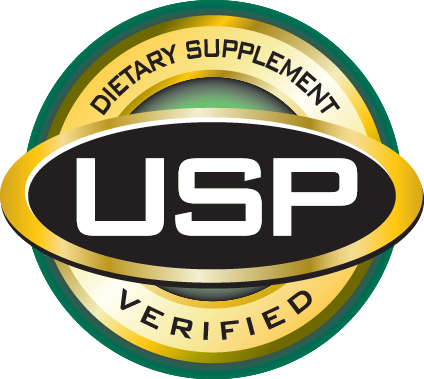
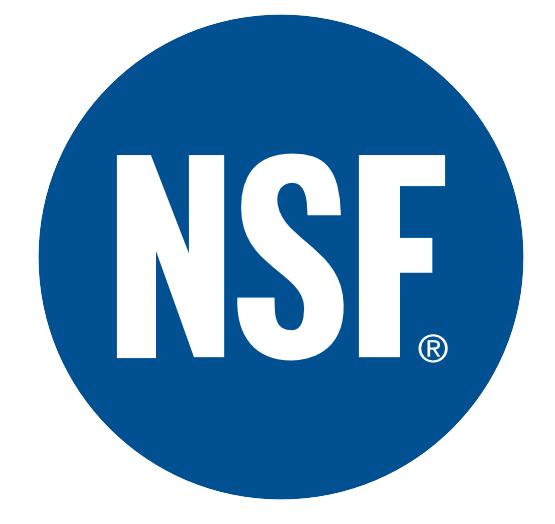
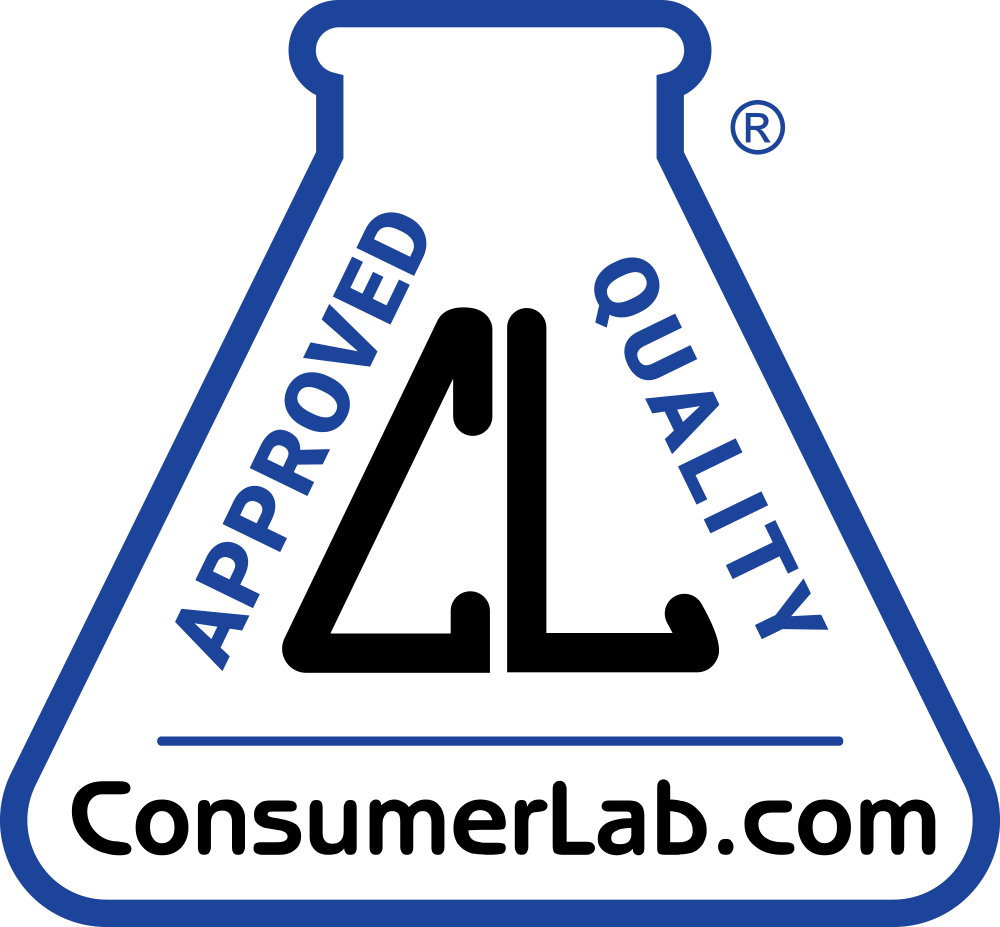

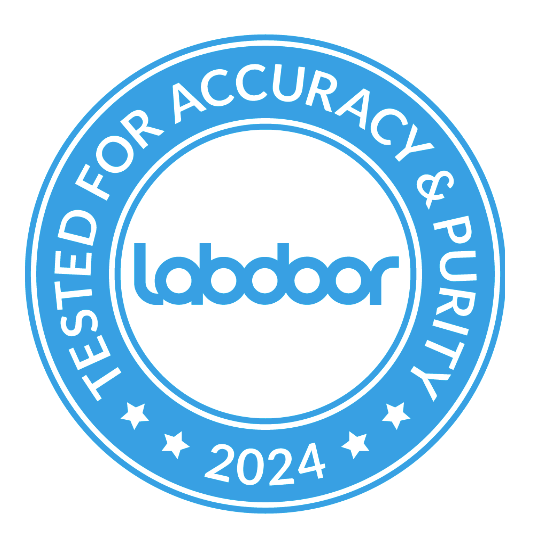
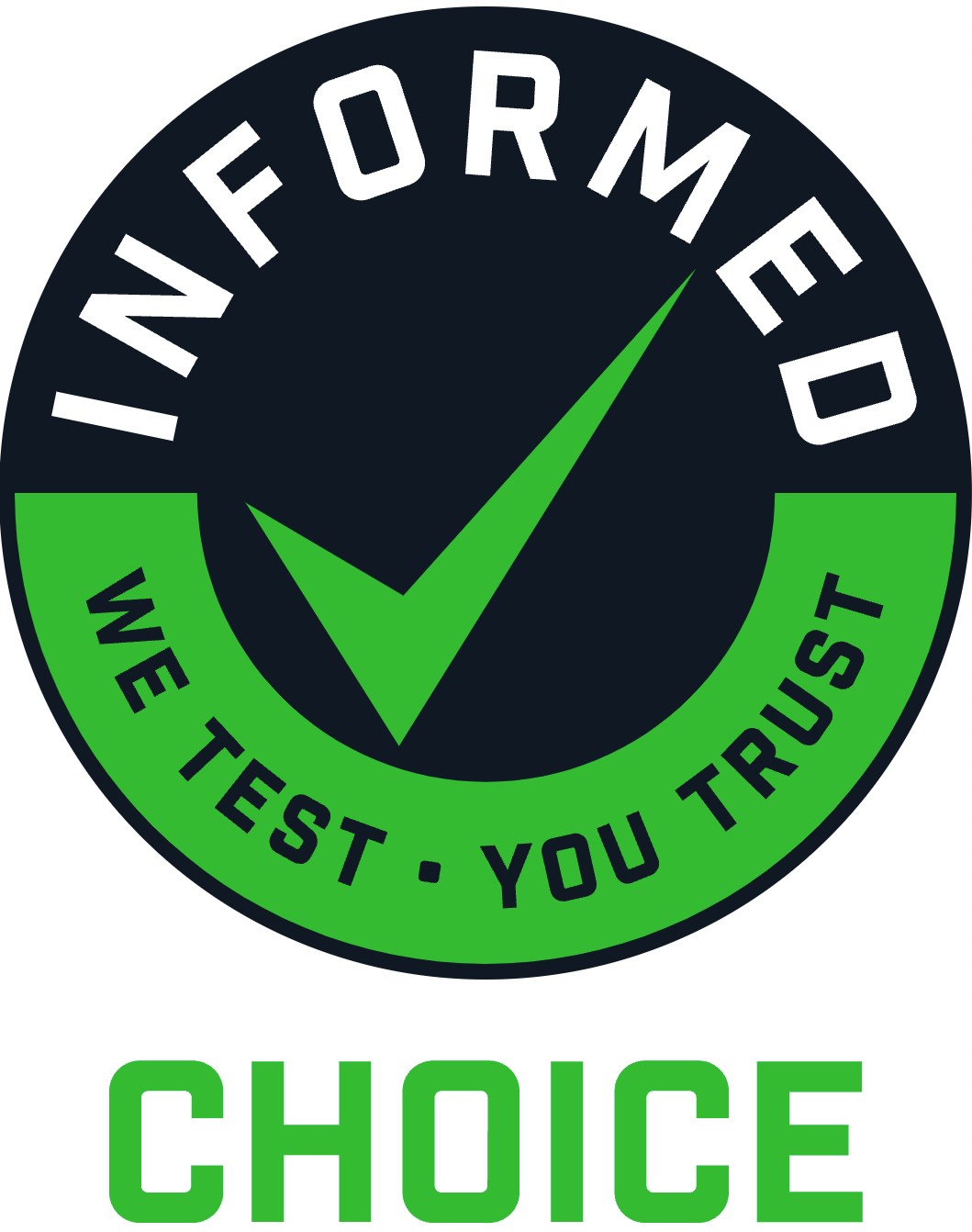
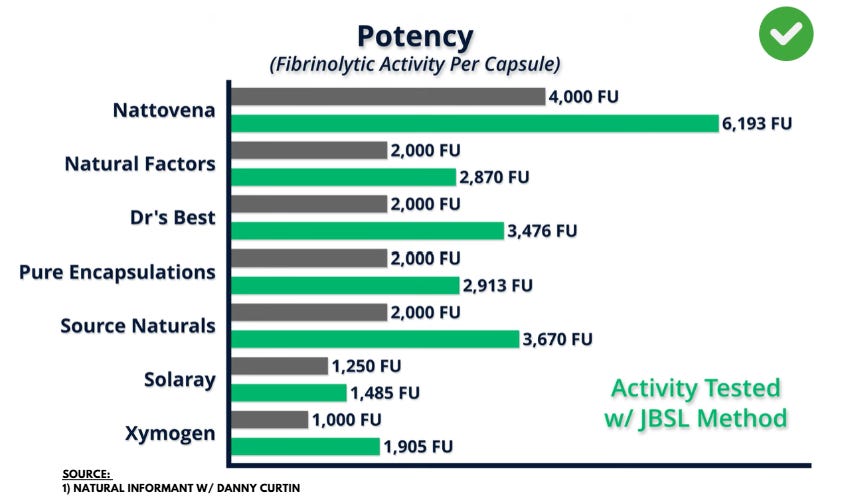

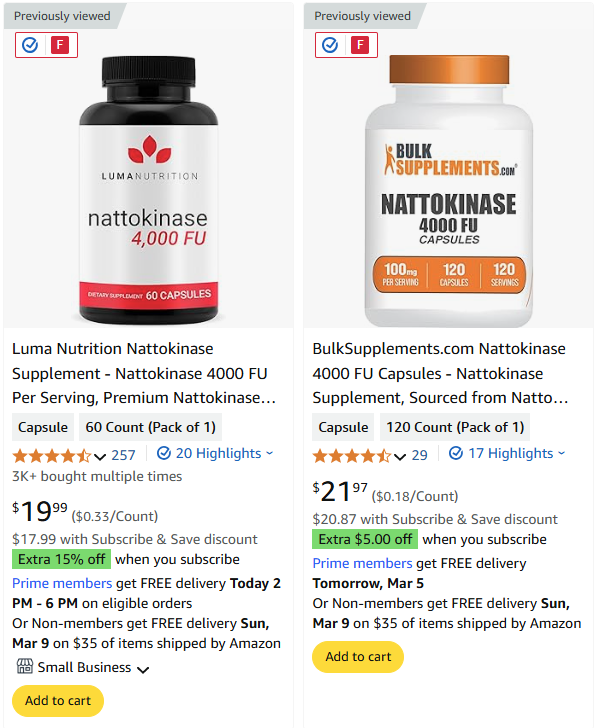


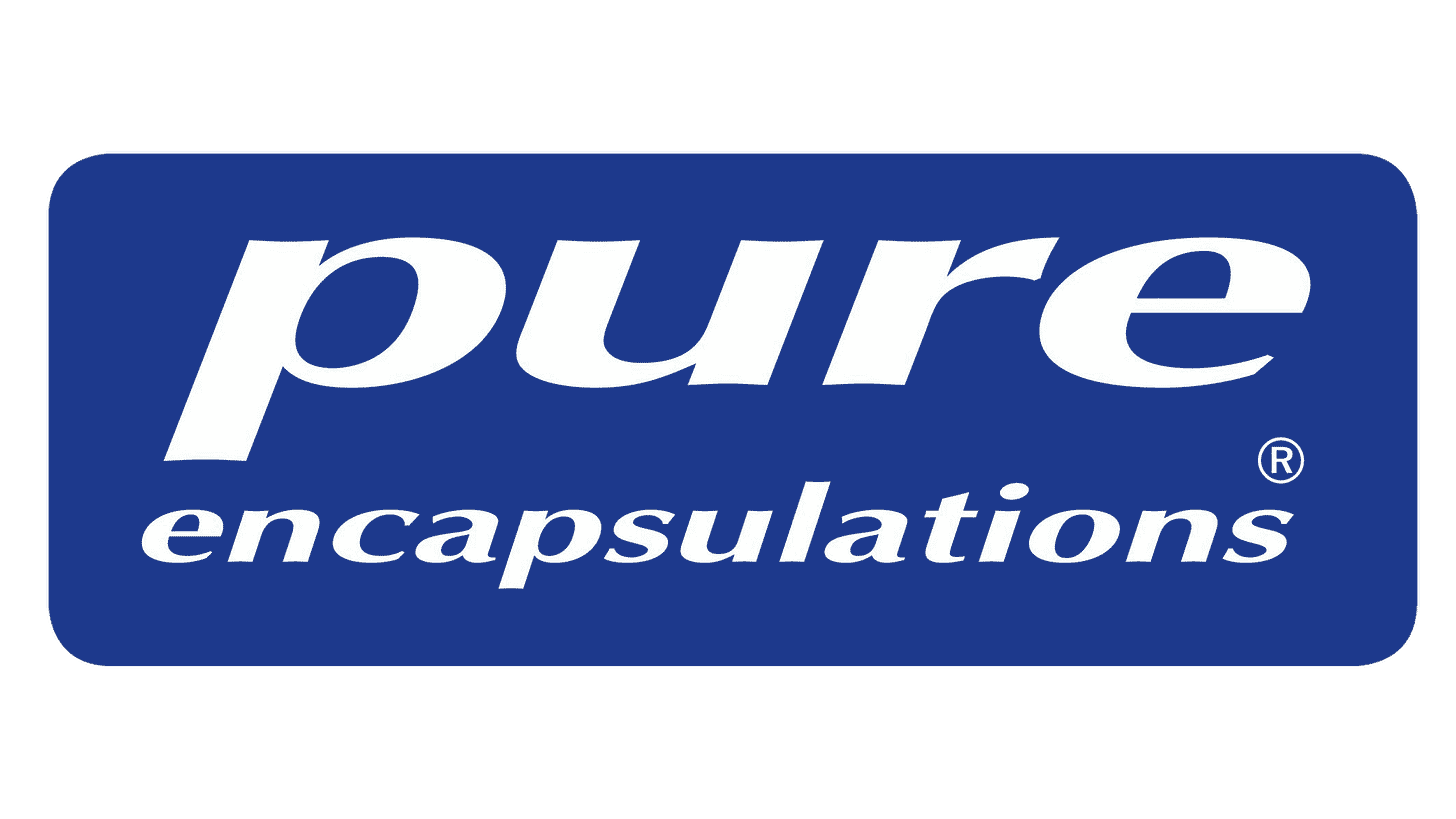
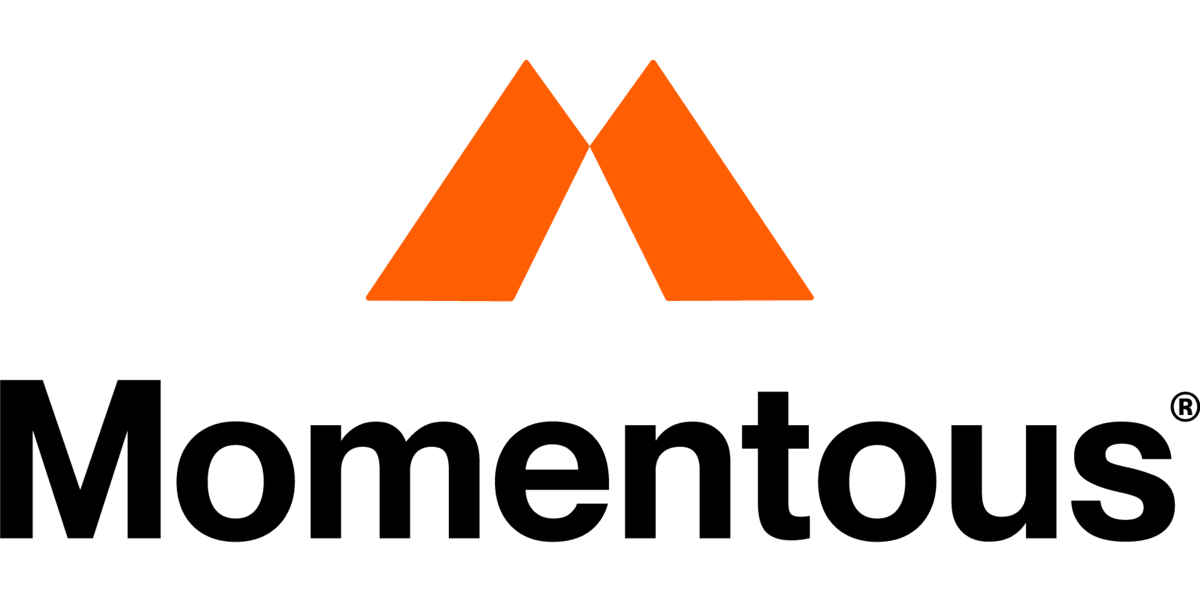



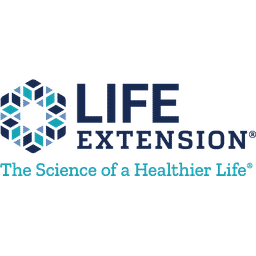
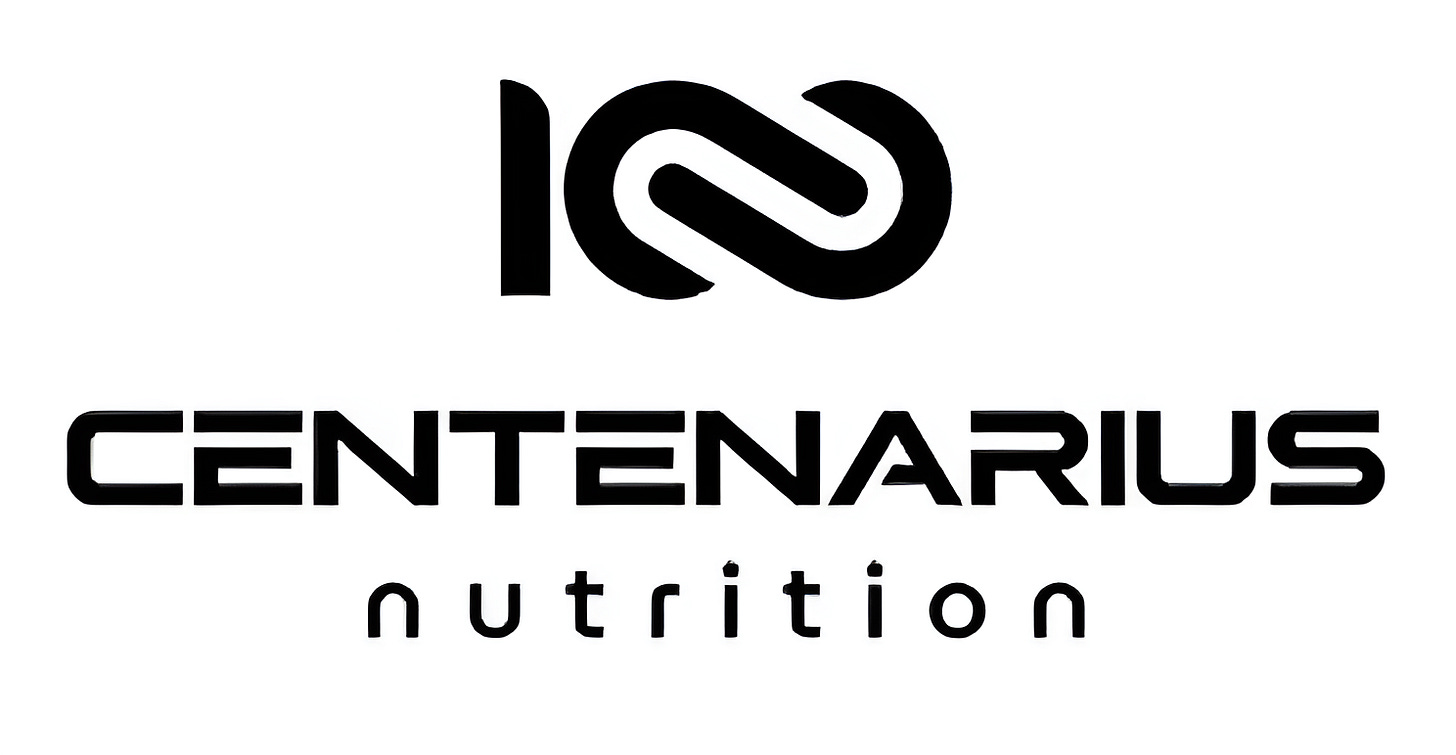

July 1, 2023 we started this - wonderfoodsau.com - and 100% of this is true.
Transparent labs, I use several of their products. Your feedback would be appreciated, thanks